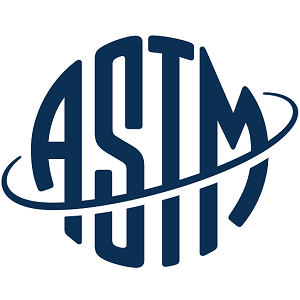


| Standard Number | ASTM C1919-22 |
|---|---|
| Organization |
American Society for Testing and Materials
|
| Level | National |
| Category | Test Method | Characterization | Measurement |
| Status |
|
1.1 This practice covers the measurement of steady state thermal transmission properties of the small flat slab thermal insulation specimen using a heat-flow-meter apparatus.
1.2 This practice provides a supplemental procedure for use in conjunction with Test Method C518 for testing a small specimen. This practice is limited to only small specimens and, in all other particulars, the requirements of Test Method C518 apply.
1.3 This practice characterizes small specimens having lateral dimensions less than the lateral dimensions of the heat flux transducer used to measure the heat flow. The procedure in Test Method C518 shall be used for specimens having lateral dimensions equal to or larger than the lateral dimensions of the heat flux transducer.
NOTE 1: The lower limit for specimen size is typically determined by the user for their particular material. As an example, Ref. (1)2 established a lower limit for specimen dimensions of 0.1 m by 0.1 m for several different thermal insulation materials for a 0.3 m by 0.3 m heat-flow-meter apparatus having a heat flux transducer 0.15 m by 0.15 m.
1.4 This practice is intended only for research purposes, in particular, when larger specimens are unavailable. This practice shall not be used in conjunction with Test Method C518 for certification testing of products; compliance with ASTM Specifications; or compliance with regulatory or building code requirements.
1.5 The values stated in SI units are to be regarded as the standard. No other units of measurement are included in this practice.
1.6 This standard does not purport to address all of the safety concerns, if any, associated with its use. It is the responsibility of the user of this standard to establish appropriate safety, health, and environmental practices and determine the applicability of regulatory limitations prior to use.
1.7 This international standard was developed in accordance with internationally recognized principles on standardization established in the Decision on Principles for the Development of International Standards, Guides and Recommendations issued by the World Trade Organization Technical Barriers to Trade (TBT) Committee.
